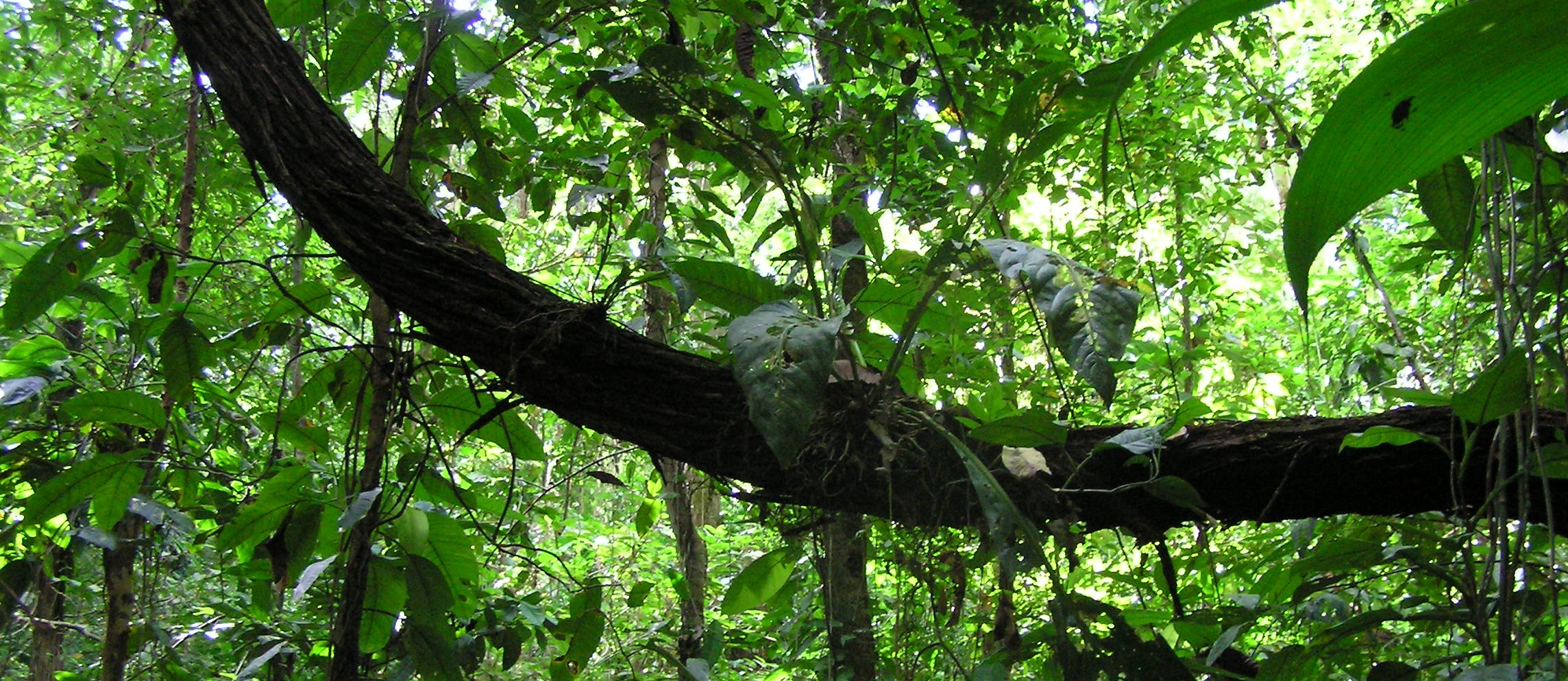Title
Response of an invasive liana to simulated herbivory: implications for its biological control
Document Type
Article
Publication Date
2006
Volume Number
29
Source Publication
Acta Oecologica
Abstract
Pre-release evaluation of the efficacy of biological control agents is often not possible in the case of many invasive species targeted for biocontrol. In such circumstances simulating herbivory could yield significant insights into plant response to damage, thereby improving the efficiency of agent prioritisation, increasing the chances of regulating the performance of invasive plants through herbivory and minimising potential risks posed by release of multiple herbivores. We adopted this approach to understand the weaknesses herbivores could exploit, to manage the invasive liana, Macfadyena unguis-cati. We simulated herbivory by damaging the leaves, stem, root and tuber of the plant, in isolation and in combination. We also applied these treatments at multiple frequencies. Plant response in terms of biomass allocation showed that at least two severe defoliation treatments were required to diminish this liana's climbing habit and reduce its allocation to belowground tuber reserves. Belowground damage appears to have negligible effect on the plant's biomass production and tuber damage appears to trigger a compensatory response. Plant response to combinations of different types of damage did not differ significantly to that from leaf damage. This suggests that specialist herbivores in the leaf-feeding guild capable of removing over 50% of the leaf tissue may be desirable in the biological control of this invasive species.

